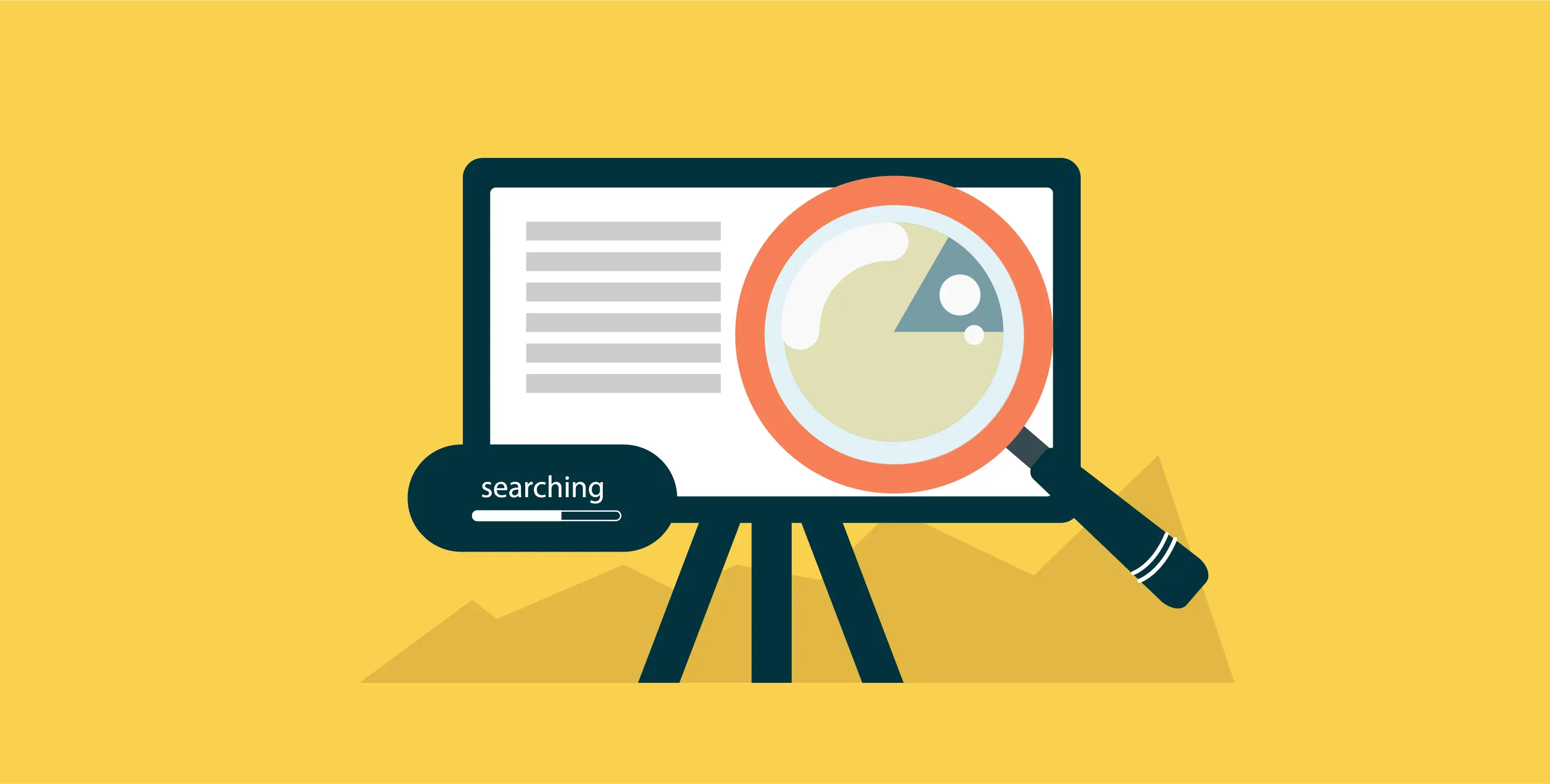Others
Inductive Research? A Simple Guide In 2025
Article written by Parvathi Vijayamohan
Content marketer at SurveySparrow.
7 min read
19 September 2025

Have you ever noticed a pattern and figured something out because of it? For instance, you saw that customers who left items in their shopping cart were more likely to come back if they got a discount? That’s exactly what inductive research is all about.
In this blog, we’re going to break down:
- What inductive research is
- Key features of inductive research
- How the inductive approach is different from the deductive approach.
- Examples of inductive research
- How the inductive approach works
- Why use inductive research
- How SurveySparrow helps with inductive research
What is Inductive Research?
Inductive research, inductive reasoning or bottom-up thinking, is all about going from small details to big ideas.
You start by observing specific things—like gathering data or examples—and then you look for patterns. Once you spot these patterns, you can come up with a bigger theory or explanation about what’s happening.
Think of it like being a detective. You start by gathering clues, then connect the dots to figure out what really happened. You don’t jump to conclusions—you let the evidence guide you
Key Features of Inductive Research
- Driven by Observations: It starts by collecting specific observations without knowing what patterns might emerge. This data collection is often open-ended, allowing for the emergence of unexpected patterns.
- Focus on Patterns: The goal is to recognize patterns, trends within the data or relationships between the data. This involves critical thinking and the ability to connect seemingly random pieces of information.
- Forming Hypotheses: Once patterns are found, hypotheses (educated guesses) are created to explain what’s happening.
- Iterative Process: It’s a cycle—researchers keep testing and refining their ideas as more data comes in.
Inductive research can give you great insights, but managing a lot of data is tough and time-consuming. SurveySparrow makes it easier with tools like customizable surveys, advanced data analysis, and easy-to-read reports.
Ready to simplify your research? Try SurveySparrow for free today!
14-day free trial • Cancel Anytime • No Credit Card Required • No Strings Attached
The Inductive Approach vs. The Deductive Approach

The inductive approach has a close cousin in the world of reasoning: the deductive approach. While both approaches are valuable tools for gaining knowledge, they take fundamentally different paths.
Unlike the deductive approach, which tests existing theories, the inductive approach aims to generate new theories or explanations based on the observed data.
Here’s a quick comparison between the inductive and deductive approaches:
| Feature | Inductive Approach | Deductive Approach |
|---|---|---|
| Reasoning Direction | Bottom-up (observations to generalizations) | Top-down (generalizations to specific conclusions) |
| Starting Point | Specific observations or data points | Established general principles or theories |
| Conclusion Certainty | Conclusions are probable, based on evidence, but not guaranteed | Conclusions are certain, assuming the premises are true. |
Examples of Qualitative Research Methods Using Inductive Research
Here are some research methods that use the inductive approach:
Grounded Theory:
Without any pre-set hypotheses, researchers collect data, and let the patterns create new theories. This way, the theory develops directly from what’s found in the data.
Phenomenology
Phenomenology is like stepping into someone else’s shoes. It looks at how people experience the world—what they feel, believe, and perceive in certain situations.
Ethnography
Researchers observe a group to understand their culture—like becoming a part of their community. They immerse themselves in the daily lives of their participants, observing and interpreting behaviors and patterns.
Case Studies
Researchers take a deep dive into a specific case to discover new insights. This is used to explore complex issues in real-life settings. By examining these cases closely, they can develop new ideas or theories based on what they discover.
Read: A Guide to Qualitative Feedback
Steps in Inductive Research

While the inductive approach may seem free-flowing, following a process ensures data quality. Here’s the process you need to follow:
1. Data Collection:
Begin by gathering qualitative data through surveys, interviews, or observations. Survey tools like SurveySparrow can help you create and share these surveys quickly.
2. Data Organization:
Organize your data by categorizing responses, transcribing interviews or grouping similar observations together. This makes the data manageable and sets the stage for deeper analysis.
3. Data Immersion:
Read through the data thoroughly to really understand the details. Take notes and develop a deep familiarity with the content.
4. Coding:
Identify recurring themes, ideas, or patterns in your data through a process called open coding. This involves going through your data line by line and highlighting relevant pieces of information.
5. Category Development:
Group these codes into broader categories or themes. You can do this by creating a hierarchical structure where smaller codes are grouped into larger themes. This helps turn the data into manageable chunks.
6. Pattern Identification:
Look for relationships between themes to find larger patterns. You need to connect the dots between different themes and see how they interact with each other.
7. Theory Generation:
Use these patterns to create a new theory or hypothesis that can explain the phenomena under investigation. This step is where you start to formulate your conclusions and insights from the data.
8. Validation
Test your theory by comparing it against existing literature, seeking disconfirming evidence, or conducting further data collection and analysis. This step ensures that your findings are credible.
Why Use Inductive Research?
Inductive research is valuable because it lets you explore new ideas and generate fresh insights. Here are some of its main advantages:
- Exploratory Power: It allows you to discover new theories and insights from the ground up.
- Contextual Understanding: It gives you a deeper understanding of the situation or people you’re studying.
- Participant Perspectives: It focuses on people’s real experiences and opinions. This offers a more authentic representation of their realities.
- Theory Generation: It’s perfect for creating new theories based on what you observe. This is necessary for the advancement of knowledge in any field.
Limitations and Challenges
Inductive research can be time-consuming, and requires a lot of data to be effective.
Plus, since the researcher is deeply involved in analyzing the data, there’s a chance their personal biases could influence the results.
What’s more, the quality of the research will depend heavily on the researcher’s skills, experience, and ability to accurately interpret the data. But you could say that for any kind of research!
Read: How to Do Desk Research
How SurveySparrow Helps with Inductive Research
SurveySparrow makes the whole process of inductive research easier by offering tools like customizable surveys and advanced data analysis. Here’s how it helps:
- Survey Design: You can create surveys with closed-ended and open-ended questions, allowing you to collect detailed responses for inductive research.
- Data Analysis: SurveySparrow’s tools, like text analytics and sentiment analysis, help you spot patterns in your data.
- Visualization: Use SurveySparrow’s charts and graphs to see your data more clearly, making it easier to develop new ideas.
- Collaboration and Sharing: Share data and insights easily using the Executive Dashboard. This is particularly useful when multiple researchers are working on the same project.
If you’re looking to conduct inductive research, SurveySparrow’s features can help simplify the process from start to finish. Create a free account below to get started.

Learn about: The Best Data Collection Tools: Our Top Picks
Wrapping Up
In short, inductive research is a powerful way of thinking that helps us turn small observations into bigger conclusions.
It’s great for creating new theories and understanding complex situations. While it’s time-consuming, the insights it provides can be of incredible value.
SurveySparrow helps you get the most out of inductive research with its easy-to-use survey tools and data analysis features. So, if you’re ready to dive into your research, give it a try!

Thousands of brands trust SurveySparrow to turn feedback into growth. Try it free today!
Parvathi Vijayamohan
Parvathi is a sociologist turned marketer. After 6 years as a copywriter, she pivoted to B2B, diving into growth marketing for SaaS. Now she uses content and conversion optimization to fuel growth - focusing on CX, reputation management and feedback methodology for businesses.
Frequently Asked Questions (FAQs)
Researcher bias can influence data interpretation. It's important to remain objective and use systematic methods to minimize bias.
Technology, like advanced survey tools and data analysis software, can streamline data collection, organize large datasets, and provide sophisticated analysis capabilities.
Industries such as social sciences, education, healthcare, and business frequently use the inductive approach to explore complex issues and generate new insights.
Yes, researchers often use a mixed-methods approach, combining inductive qualitative research with deductive quantitative research to gain a comprehensive understanding.
Findings are typically presented through detailed reports, thematic maps, and theoretical models that illustrate the patterns and relationships identified in the data.
Related Articles

Others
Descriptive Research 101: Definition, Methods and Examples
9 MINUTES
9 December 2021

Survey
Quantitative Data Collection: A Quick Guide for Beginners
13 MINUTES
8 May 2023

Survey
Omnibus Surveys: Conduct Budget-Friendly Quantitative Market Research
15 MINUTES
18 March 2021

Others
Facebook Ad Size and Specification: The Complete Guide for 2020
14 MINUTES
18 June 2020
